Why App Comparisons Matter
App comparisons are essential because they provide a clear overview of what each app offers. Instead of downloading multiple apps and testing them out, you can rely on detailed comparisons to narrow down your choices. This not only saves time but also ensures that you select an app that aligns with your specific requirements.
For example, if you’re searching for a project management app, a comparison might highlight how App A excels in team collaboration while App B offers superior task tracking features. By understanding these nuances, you can choose the tool that best fits your workflow.
Key Factors to Consider in App Comparisons
When comparing apps, it’s important to evaluate them based on specific criteria. Here are some factors to consider:
- Features: Does the app offer the tools and functionalities you need?
- User Interface: Is the app intuitive and easy to navigate?
- Compatibility: Does it work seamlessly across your devices (e.g., iOS, Android, desktop)?
- Pricing: Is it free, subscription-based, or a one-time purchase?
- Customer Support: Are there reliable resources or assistance available if you encounter issues?
By focusing on these aspects, you can ensure that your chosen app meets your expectations and delivers value.
Best Apps for Productivity
Productivity apps are designed to help you manage tasks, organize schedules, and stay focused. Here’s a comparison of three top contenders in this category:
1. Todoist
Pros: Todoist is known for its simplicity and versatility. It allows users to create task lists, set priorities, and track progress. Its clean interface makes it accessible for both beginners and advanced users.
Cons: The free version has limited features, and some users find the pricing for premium plans to be on the higher side.
2. Trello
Pros: Trello’s visual approach to task management using boards, lists, and cards is highly effective for team collaboration. It’s customizable and integrates well with other tools.
Cons: It may not be ideal for individuals who prefer a more traditional to-do list format.
3. Notion
Pros: Notion combines notes, databases, and task management into one platform. It’s highly flexible and caters to a wide range of use cases.
Cons: The learning curve can be steep for new users, and it may feel overwhelming for simple tasks.
Each of these apps has its strengths and weaknesses, so your choice will depend on your specific needs and preferences.
Best Apps for Fitness and Health
Fitness apps are a great way to stay motivated and track your progress. Here’s how three popular apps stack up:
1. MyFitnessPal
Pros: MyFitnessPal is a comprehensive tool for tracking diet and exercise. Its extensive food database makes it easy to log meals and monitor calorie intake.
Cons: The free version includes ads, and some users find the interface outdated.
2. Strava
Pros: Strava is ideal for runners and cyclists, offering detailed activity tracking and social features to connect with other athletes.
Cons: The premium subscription is required for advanced analytics, which may not appeal to casual users.
3. Fitbit
Pros: Fitbit’s app integrates seamlessly with its wearable devices, providing detailed insights into sleep, activity, and heart rate.
Cons: The app is less useful without a Fitbit device, and the premium features come at an additional cost.
When choosing a fitness app, consider your goals, preferred activities, and whether you’re willing to invest in additional hardware or subscriptions.
Best Apps for Photo Editing
Whether you’re a professional photographer or a hobbyist, photo editing apps can help you enhance your images. Here’s a comparison of three top options:
1. Adobe Lightroom
Pros: Lightroom offers powerful editing tools, presets, and cloud storage for seamless access across devices. It’s a favorite among professionals for its advanced capabilities.
Cons: The subscription-based pricing may be a deterrent for casual users.
2. Snapseed
Pros: Snapseed is free and offers a wide range of editing tools, including filters, brushes, and selective adjustments.
Cons: It lacks some of the advanced features found in Lightroom, such as cloud integration.
3. VSCO
Pros: VSCO is known for its high-quality filters and minimalist interface. It’s a great choice for creating cohesive, artistic edits.
Cons: The free version has limited filters, and the premium subscription is required to unlock the full library.
Your choice of photo editing app will depend on your skill level, editing needs, and budget.
How to Make the Most of App Comparisons
App comparisons are a valuable resource, but it’s important to use them effectively. Here are some tips to get the most out of your research:
- Identify Your Needs: Clearly define what you’re looking for in an app before diving into comparisons.
- Read Reviews: Look for user reviews and testimonials to gain insights into real-world experiences.
- Test Free Versions: Many apps offer free trials or versions. Use these to test the app’s functionality before committing.
- Consider Long-Term Use: Think about how the app will fit into your routine over time, not just in the short term.
By following these steps, you can make a well-informed decision and choose an app that truly adds value to your life.
Conclusion
App comparisons are a powerful tool for navigating the vast landscape of digital applications. Whether you’re searching for a productivity booster, fitness tracker, or photo editor, understanding the features, benefits, and drawbacks of each option can help you make the right choice. By considering your specific needs, reading reviews, and testing apps, you can find the perfect solution to enhance your daily life. Start exploring today and unlock the full potential of the apps available at your fingertips!
“`


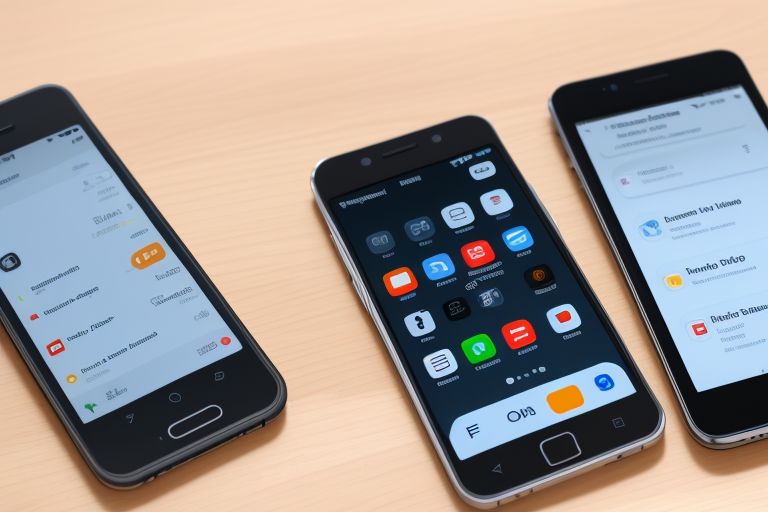
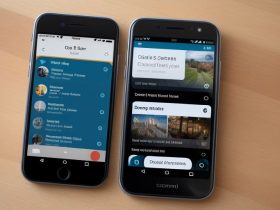

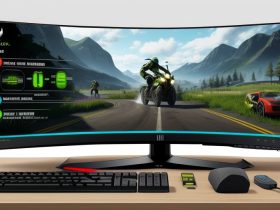


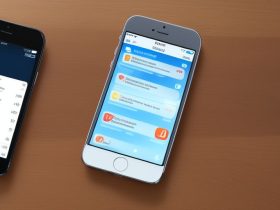

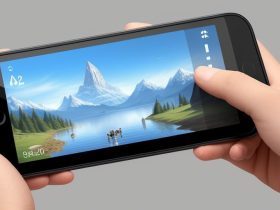
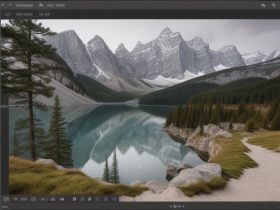
Leave a Reply